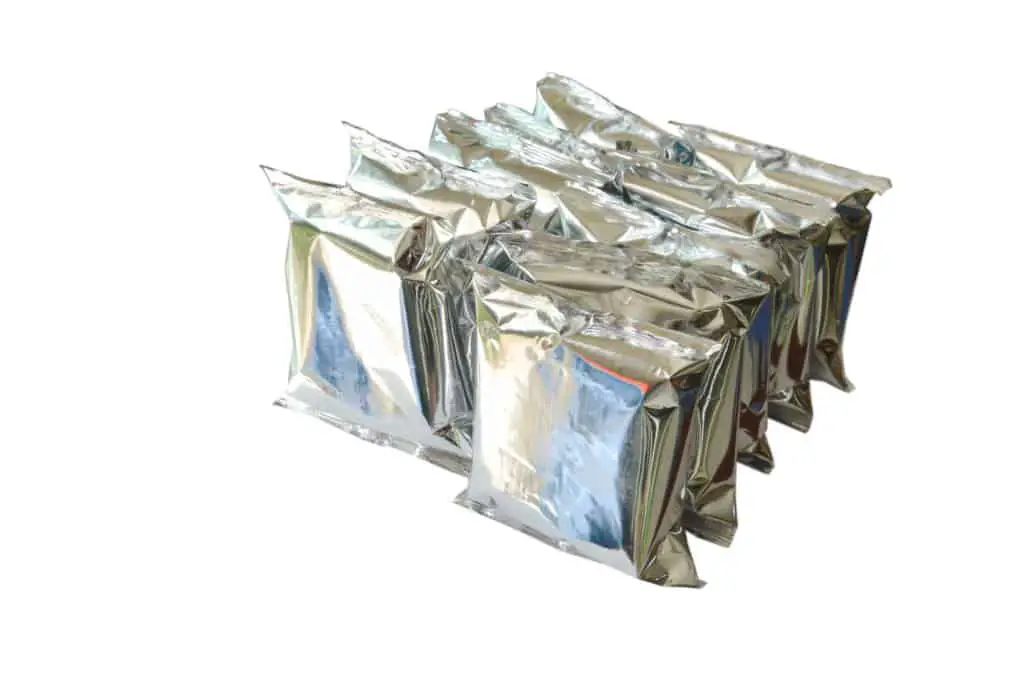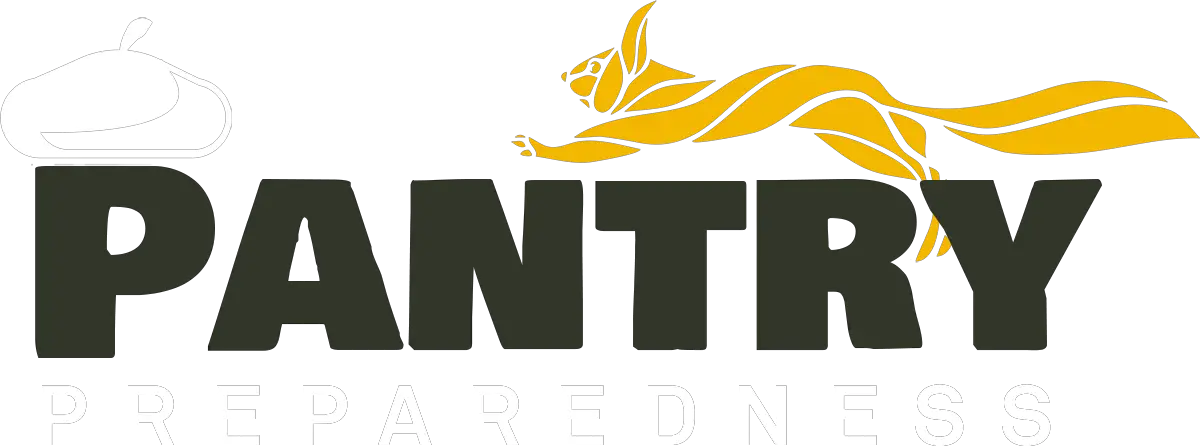
Two of the most popular long-term food storage items are meals-ready-to-eat and freeze-dried foods. But what are the key differences between the two?
While the MRE (meal-ready-to-eat) is a fully prepared meal designed to withstand rough conditions and be cooked with no external elements, freeze-dried food requires water. However, freeze-dried entrees last longer than MREs and are less expensive.
But let’s get into the specifics. There is more to consider when choosing between these two meals. MREs were created for the military while freeze dried food is more for outdoorsy folks looking for a lightweight and easily cooked solution. Here are the pros and cons of both.
Pros of MREs
Built to keep you going. MRE’s were designed for members of the military in combat, so you can trust that they have the necessary calories to keep you energized. Plus, the packaging is heavy duty, so you never have to worry about rips and tears.
No cooking necessary. These things literally cook themselves. Each meal is designed to cook by way of chemical reaction in minutes, eliminating the need for not only a heating appliance, but water as well.
Variety. When it comes to the options you are offered with MRE’s, there are many. Anything from chicken pesto to Asian beef to BBQ pork is available, and that’s just the dinner menu. But high-quality options? Well, we will get to that in the “Cons” section.
Pros of Freeze Dried Food
It lasts longer. Mountain House, one of the most popular freeze-dried brands, boasts an astounding 30-year shelf life. Other freeze-dried meals vary in longevity, but there are many options comparable to that.
More lightweight. Backpackers tend to prefer freeze-dried over MREs because the dehydrated food is usually much lighter. Adventurers will also tell you that many freeze-dried products don’t expend heartiness for packability.
Less expensive. The most high-quality freeze-dried meals are considerably less expensive. This is because everything about it is more bare bones.
They just taste better. I’ve had a few Mountain House meals, and I can tell you that I would honestly eat them at home (and they are not paying me to say that).
Cons of MREs
Most of them taste…well, pretty gross. Most of our friends in the military will tell you that they have less than fond memories of MREs. However, there are some that are reportedly pretty tasty. A few notable ones are the chili mac and the Italian options like beef ravioli and cheese tortellini. But for the most part, MRE’s aren’t known for their quality.
The high prices. You are paying for the tech and the heft. You are getting a meal that will cook itself and multiple items in every package, so the prices reflect that. However, civilian MREs are considerably cheaper than the military versions.
These things are heavy. Speaking of heft, you wouldn’t want to haul a couple of them up a mountain. They aren’t rock-solid by any means, but freeze-dried meals are much more manageable on your shoulders.
Cons of Freeze Dried Food
You have to add water. If you’re going to the edges of the wilderness or you’re in the middle of an apocalypse, you better have a water filter when freeze-dried food is on the menu. If water is readily available, you’re golden. But this is one of the more critical factors to consider in the MRE vs. freeze dried debate.
The choice will come down to what your intention with the food is. Backpackers might choose differently than doomsday preppers. It’s important to take every factor into consideration. The need for water, taste, weight, price, expiration, and caloric value are all significant variables.
Other Alternatives
Humanitarian Daily Ration. These meals were deliberately made as a cheaper alternative to MREs. Like meals ready to eat, they have a standard calorie count, many varieties, and do not require cooking. However, while MREs have a built-in heater to warm the meal, HDRs are simply designed to be eaten without being warmed up.
DIY ready-to-eat meals. If you properly dry-pack your food or buy it already packed, there are plenty of options to give yourself variety as well as a significant advantage in cost. Oats, potato flakes, rice, and other similar items can last over a decade if the oxygen is properly absorbed form the package.
For backpackers. A lot of backpackers agree that neither MREs nor freeze-dried food are right for the trail because of the space they take up as well as their weight. Some will pack ramen noodles, trail mix, beef jerky, or protein bars. If there will be bodies of water with fish, a fishing pole could even be a reliable fall-back.
